Strategically located on the banks of the majestic River Shannon, Athlone has been a significant crossing point for centuries, with its name derived from the Irish "Atha Luain," meaning "the Ford of Luain." This vibrant town boasts an irresistible mix of medieval architecture, scenic landscapes, and modern amenities, making it an ideal base for exploring the surrounding area. Highlights include the imposing 12th-century Athlone Castle, with its fascinating museum showcasing 5,000 years of local history, to the picturesque River Shannon, which offers breathtaking views and opportunities for boating, fishing, and other water sports.
The town has some must-see historical landmarks, such as the ancient Clonmacnoise Monastic Site or the 19th-century workhouse. There is a thriving arts scene, with popular venues like the Dean Crowe Theatre and Athlone Little Theatre. With its compact size, big heart, and warm welcoming spirit, Athlone is the perfect destination for families, couples, and solo travelers alike.
Jump to section:
Things to See and Do

Athlone Castle
Step back in time at Athlone Castle, a 12th-century stronghold, and uncover 5,000 years of history through interactive exhibits and a cinematic recreation of the 1691 Siege.
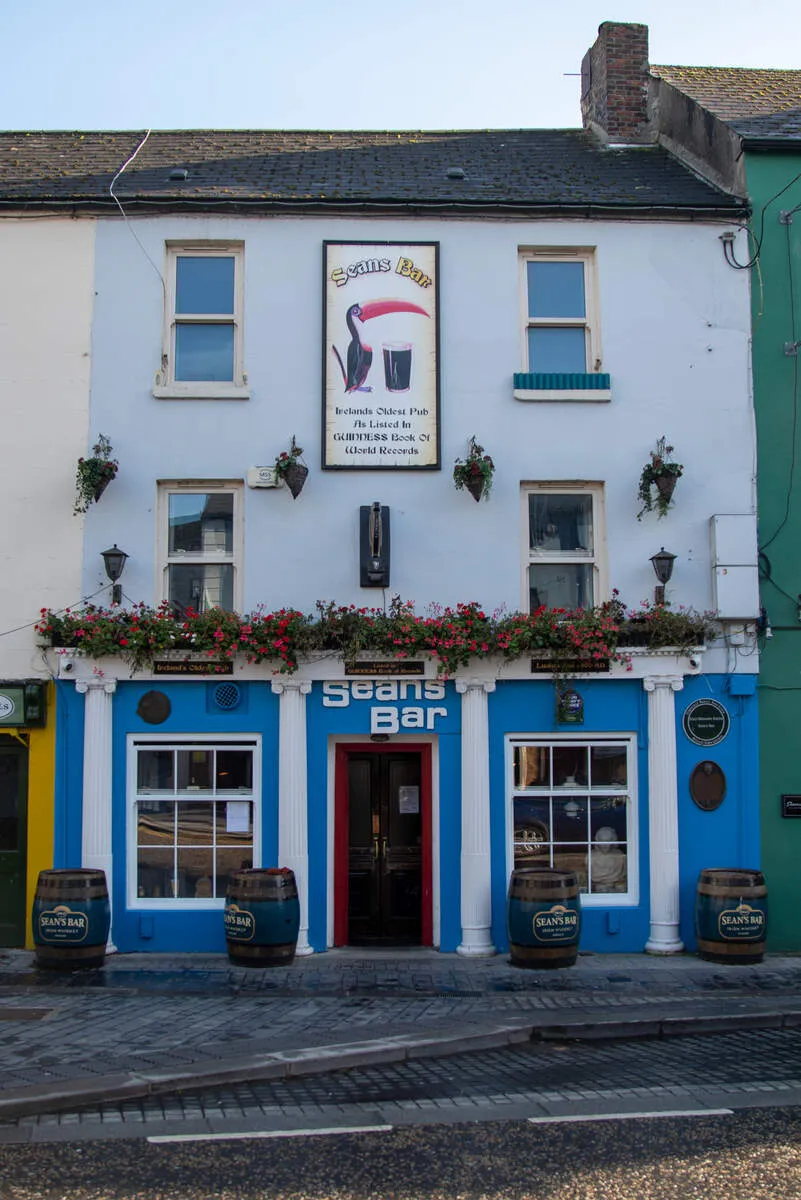
Sean's Bar - Ireland's Oldest Pub
Raise a glass at Sean's Bar, a truly historic pub dating back to 900 AD. Soak in the atmosphere of Ireland's oldest public house and imagine the countless stories shared within its walls.
River Shannon Viking Cruise
Set sail on a replica Viking boat and explore the River Shannon, learning about Ireland's Viking heritage and visiting historic sites like Clonmacnoise.
Old Rail Trail Greenway Cycle Route
Pedal through picturesque countryside on this 42km traffic-free cycleway, stretching from Athlone to Mullingar, and enjoy the tranquility of Westmeath's rural landscapes.
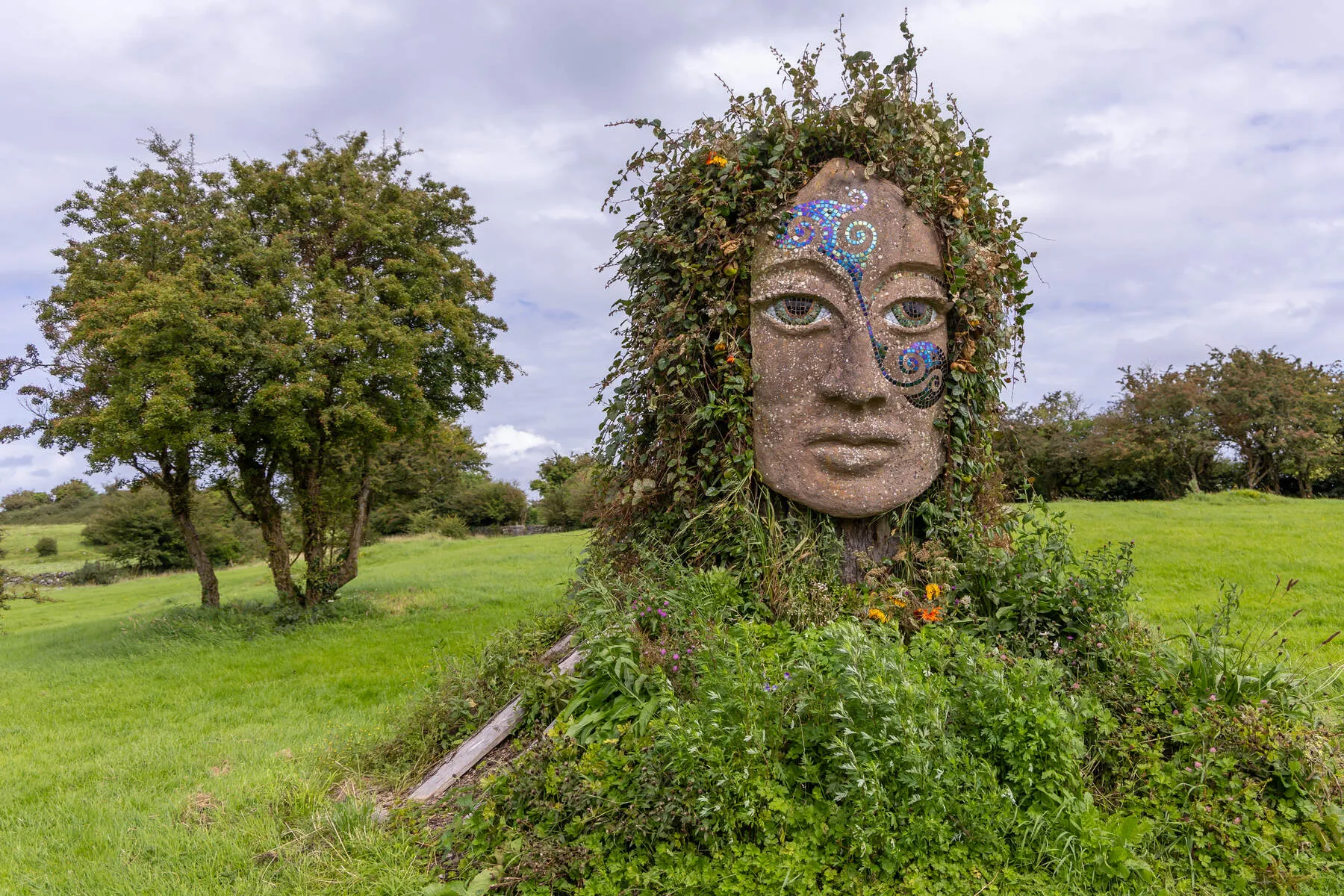
Hill of Uisneach
Stand at the mythical center of Ireland, the Hill of Uisneach, and take in breathtaking panoramic views of the central plain from this historic and sacred site.
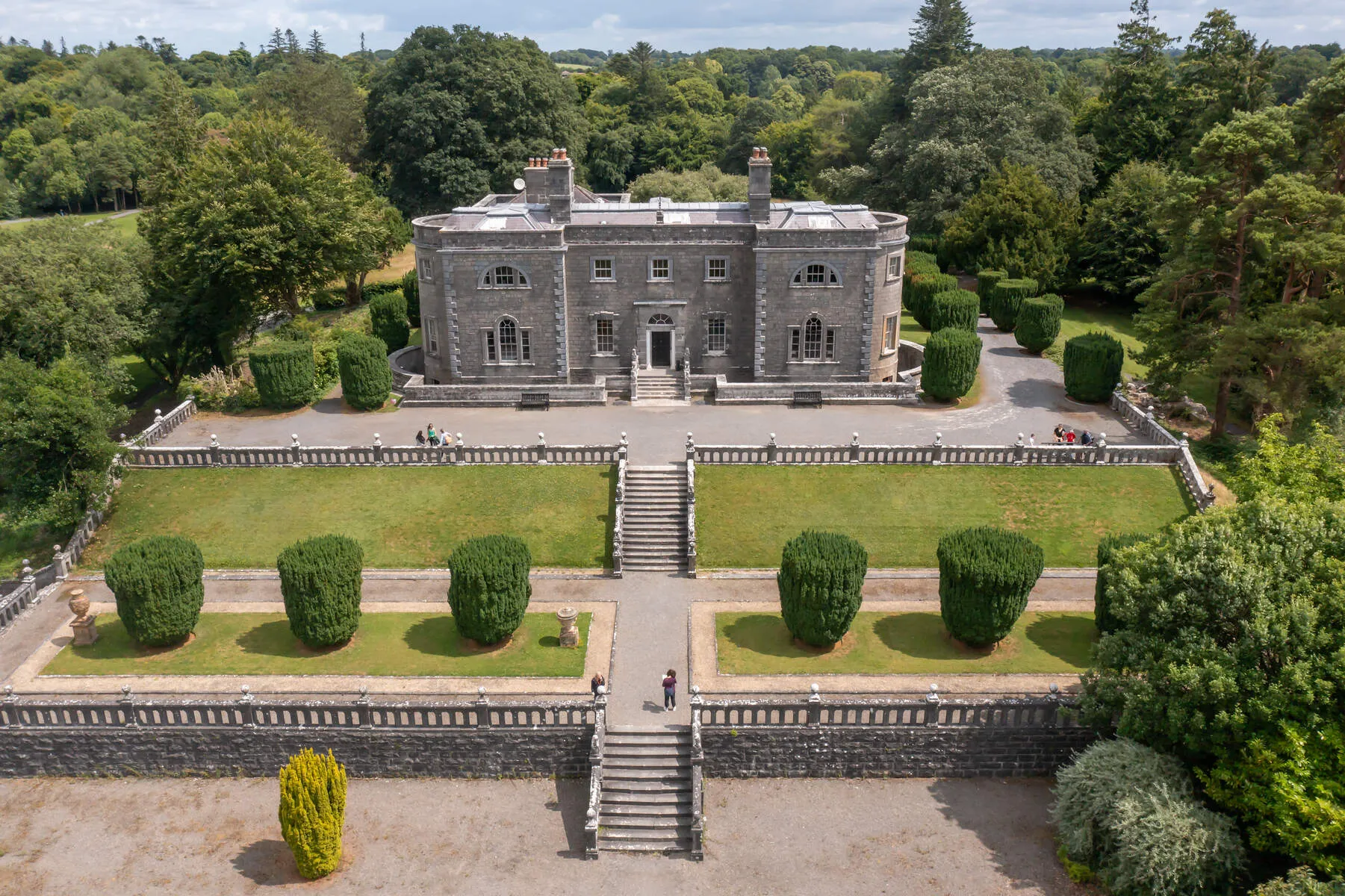
Belvedere House Gardens and Park
Explore the stunning 18th-century Belvedere House and Gardens, featuring impressive architecture, the infamous 'Jealous Wall,' and beautifully landscaped grounds on the shores of Lough Ennell.
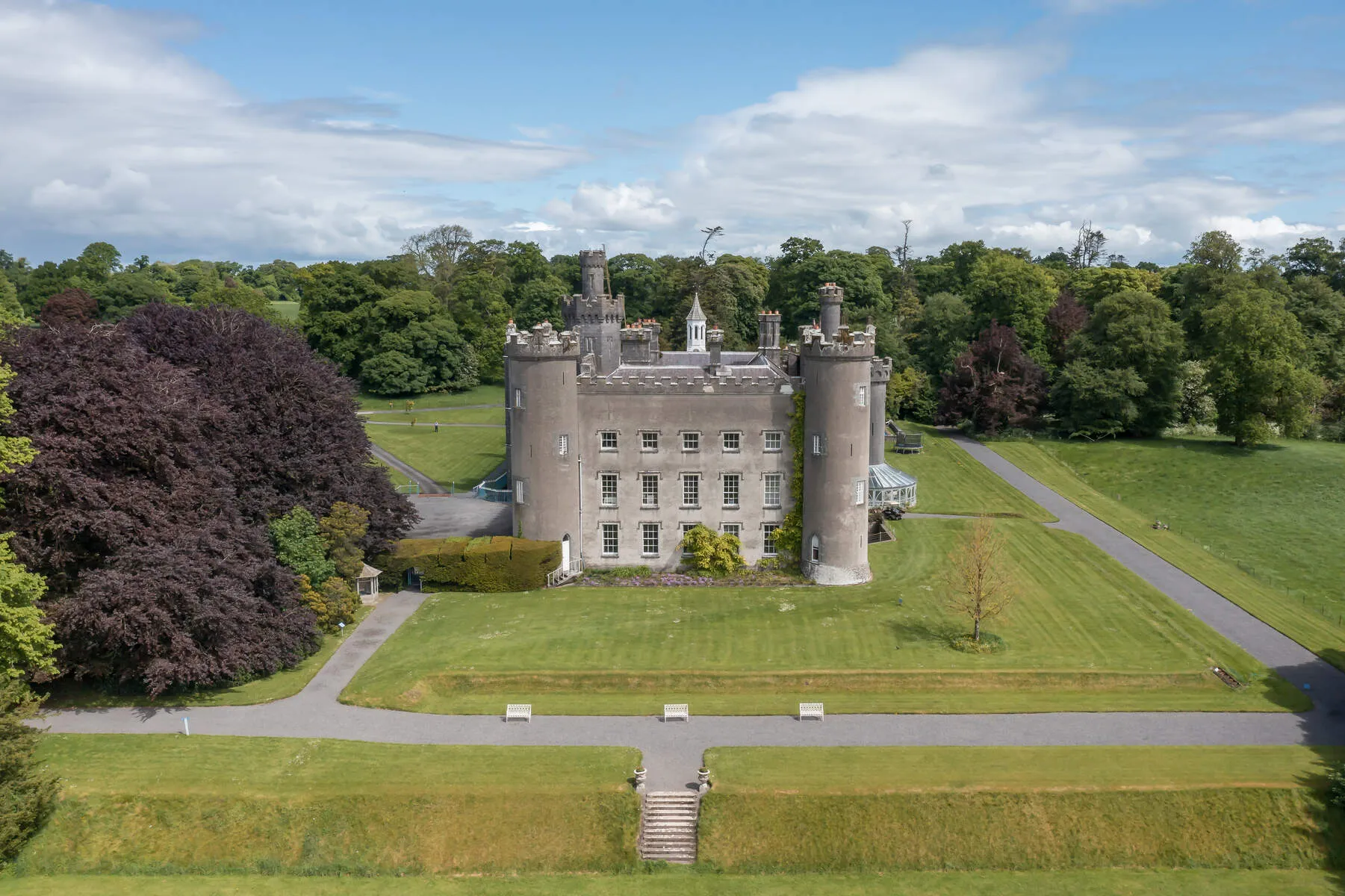
Tullynally Castle and Gardens
Wander through the magnificent Tullynally Castle Gardens, a tranquil escape with diverse plant life, or take a tour of this historic castle itself.
Dún na Sí Amenity and Heritage Park
Explore heritage trails, a vintage museum, and reconstructed historical sites, or trace your family roots at the Genealogy Centre in this family-friendly park.
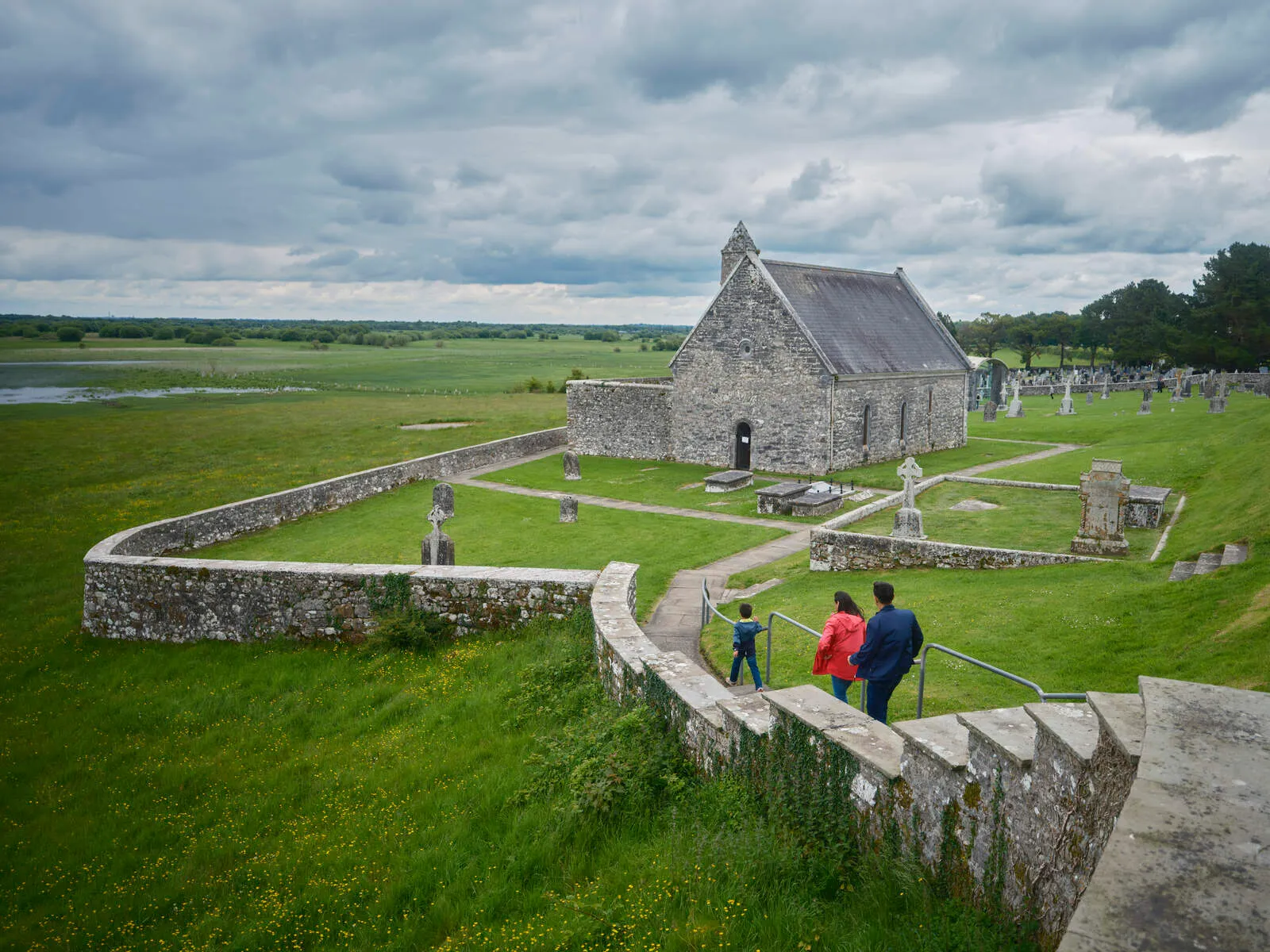
Exploring Clonmacnoise Monastic Site
Wander through the evocative ruins of Clonmacnoise, an ancient monastic site with a cathedral, churches, and a historic Christian burial ground, offering a glimpse into Ireland's early Christian past.
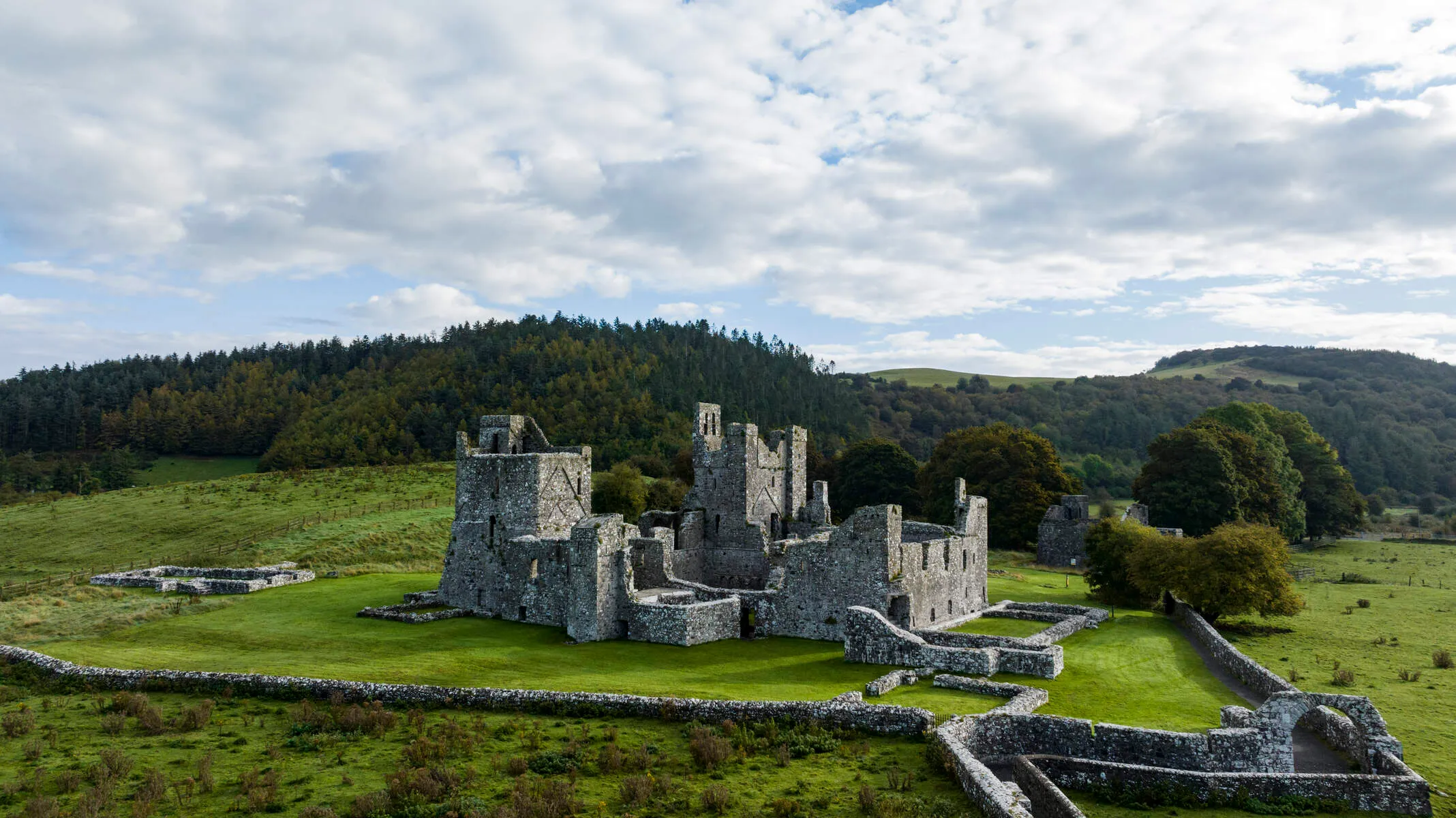
Fore Abbey Historical Site
Discover the remarkably intact 7th-century Fore Abbey, steeped in legend and history, featuring remnants of a monastic settlement attributed to St. Fechin.
Locke's Distillery Museum Tour
Delve into the history of traditional whiskey production at Locke's Distillery Museum, exploring the old techniques and the impact of the industry on the town.
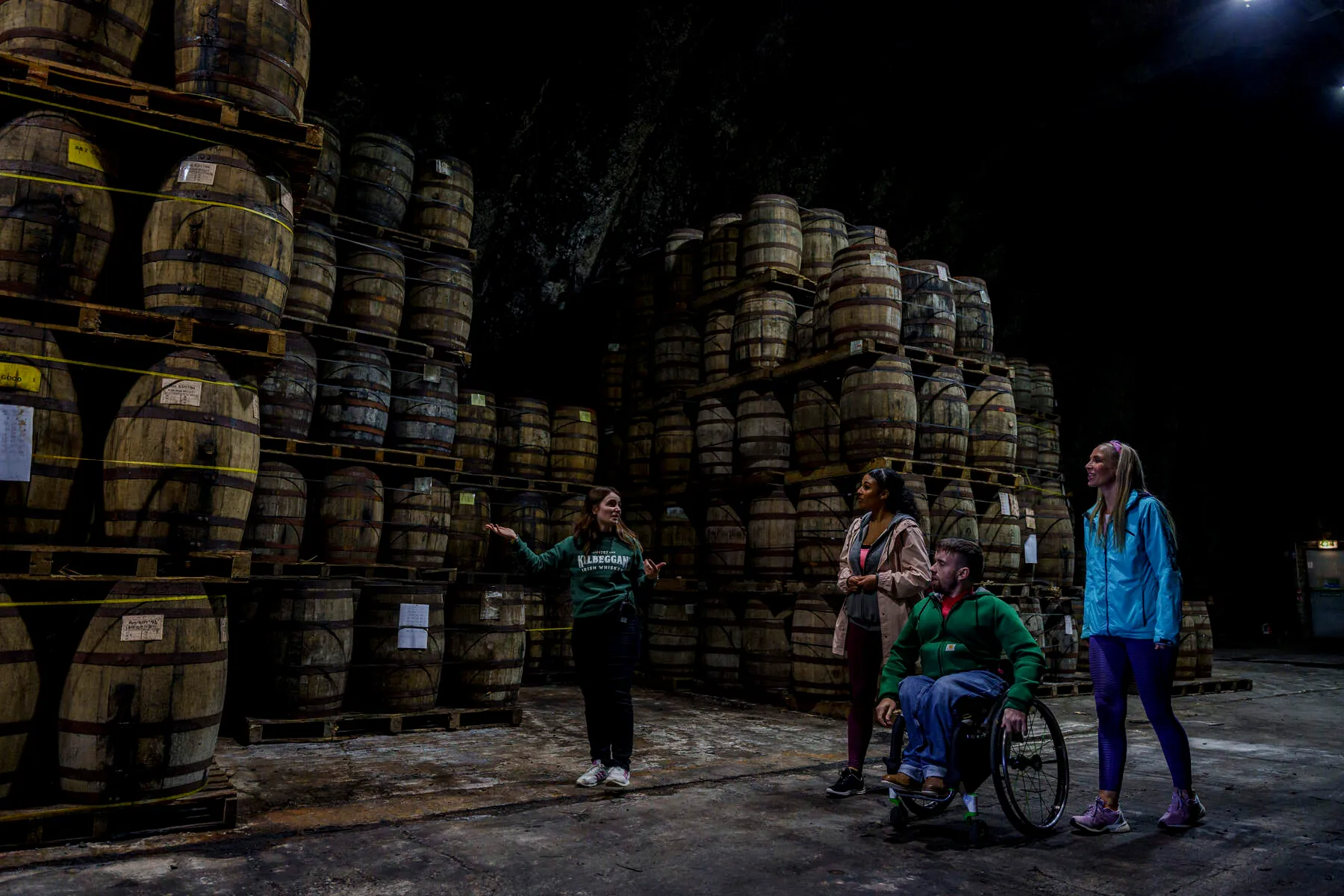
Kilbeggan Distillery Tour
Experience Ireland's oldest licensed distillery (established 1757) and witness the evolution of Irish whiskey production, from traditional methods to modern techniques.
Luan Gallery Art Exhibition
Admire a diverse collection of local and international art in the bright, airy spaces of the modern Luan Gallery, with stunning waterfront views.
St. Peter and St. Paul's Church
Marvel at the stunning stained-glass windows created by Harry Clarke Studios within the impressive architecture of St. Peter and St. Paul's Church.
Royal Canal Greenway Walking and Cycling Trail
Enjoy a leisurely walk or cycle along the scenic Royal Canal Greenway, stretching from the county boundary through Mullingar and on to Longford, passing unspoiled landscapes.
Westmeath Way Walking Trail
The Westmeath Way is a 33km walking route, discover the River Brosna and the serene shores of Lough Ennell.
Lough Ree and the River Shannon
Dive into water sports like kayaking, sailing, or paddleboarding on Lough Ree and the River Shannon, or enjoy renowned fishing spots.
Lough Ennell and Lough Owel Water Sports
Combine beautiful surroundings with water sports by enjoying angling or boating at Lough Ennell or Lough Owel.
Lough Derravaragh
Enjoy fishing, boating, and the tranquil countryside setting of Lough Derravaragh, a picturesque lake perfect for outdoor enthusiasts.
Derryglad Folk Museum & Exhibition
Explore a vast collection of over 4,000 items showcasing Ireland's history, heritage, and folk culture from the 18th century to modern times, including the MacCormac Photography Room.

Bowling at Planet Athlone
Have a fun-filled evening of bowling with family or friends at Planet Athlone, suitable for all ages and skill levels.
Glendeer Pet Farm Visit
Let children interact with a variety of animals in a hands-on, educational, and fun environment at Glendeer Pet Farm.
Portlick Millennium Forest Trail
Escape into nature on the Portlick Millennium Forest Trail, enjoying wooded glades, lake views, and opportunities for wildlife spotting.
Getting There
By Car
Athlone is accessible by car via the M6 motorway westbound from Dublin, taking around 1.5 hours from Dublin city center. Alternatively, use national roads marked "N" such as the N52 from other parts of the country.
By Public Transportation
- Train: Regular rail links connect Athlone to Dublin, Galway, and Ballina/Westport. Contact Athlone's railway station at +353 (0)9064-73300 for schedules.
- Bus: Services operate from cities including Dublin, Galway, Westport, and Sligo. Reach Athlone Bus Station at +353 (0) 90 6484406. Visit www.irishrail.ie or www.buseireann.ie for timetables and booking.
From Major Cities and Airports
- Dublin International Airport: Approximately a 1.5-hour drive to Athlone via the M50 and then the M6 motorway westbound.
- Mullingar: About 1 hour away from Athlone.
Parking
Parking options include on-street parking and designated car parks throughout the town. Check signs for restrictions and fees.
Local Transportation
A local town bus service provides access to various parts of Athlone. For surrounding areas, use regional bus services or taxi operators. Visit www.buseireann.ie for local bus routes and schedules.
Alternative Routes
For travelers from the UK or Europe, consider ferry ports in Dublin, Dun Laoghaire, and Rosslare, which offer connections to Athlone via road or public transport. Eurolines - Bus Éireann operates daily coach services from Ireland to various UK destinations.
'Events & Festivals 2025
There are currently no events listed. If you would like to add an event, please contact us.
History
The strategic location of Athlone on the River Shannon has made it a crucial crossing point and garrison town for centuries. Initially fortified by the kings of Uí Maine and Connaught, the area was seized by the Anglo-Normans in the 12th century. In 1210, they constructed a motte castle, which underwent significant repairs in 1547, testament to its importance as a stronghold. Athlone's history dates back to the Norman invasion when it was granted to Hugh de Lacy by King Henry II of England. The de Lacy family played a crucial role in shaping Athlone's early history, with the earldom's unity being lost in 1241. As English control over Ireland began to deteriorate, the western part of the earldom, including Westmeath, passed out of government control.The 16th-century reconquest of Ireland marked a significant turning point in Athlone's history, as Westmeath was formally separated from Meath in 1541. The town's military importance grew, particularly regarding the crossing of the River Shannon, which made it a prized location for English landlords.
The town earned its name "Ath Luain" or "Ford of the Moon" due to its role as a garrison post. The castle, dating back to 1129, stands as a testament to the town's strategic importance. This fortress has witnessed numerous battles, including the Siege of Athlone in 1690-1691, a pivotal moment in the Williamite War that left the town devastated.
Notable Historical Figures
- Túathal Techtmar, a High King of Ireland (130-160 AD) who is said to have built a fort in the area
- St. Ciaran, who founded the nearby monastic settlement of Clonmacnoise in the 6th century
- John Count McCormack, a renowned Irish tenor born in Athlone who achieved international acclaim
- Harry Clarke, whose stunning stained-glass windows adorn the Church of Saints Peter and Paul
The River Shannon has played a significant role in shaping Athlone's development, making it an important center for trade and commerce. The construction of the Royal Canal in the 18th century further boosted its economic fortunes.
Beyond its military and commercial importance, Athlone was once a major center for the production of silver and copper goods, with many skilled craftsmen plying their trade in the town.
Historical Preservation
Organizations like the Old Athlone Society, the Westmeath Archaeological and Historical Society, and the Moate Museum and Historical Society contribute to preserving the area's heritage. Their work has shed light on the region's ancient past, including artifacts from the Mesolithic period dating back over 8,000 years.
Surrounding Historical Sites
- Belvedere House, an 18th-century grand estate built by Earl John Bingham, known for family feuds and scandals
- Tullynally Castle and Gardens, home to the Pakenham family for over 350 years
- The tiny village of Fore, home to St Fechin's 7th-century monastic settlement and the fabled Seven Wonders of Fore
- Lough Derravaragh, connected to the legend of the Children of Lir from Irish mythology
- The abandoned Rindoon Medieval Town on the western shores of Lough Ree
Points of Interest
- Athlone Castle (now a museum with interactive exhibitions covering 5,000 years of history)
- St. Peter and Paul's Church
- The Dominican Friary
- Lockes' Distillery Museum, which offers glimpses into ancient whiskey-making methods.